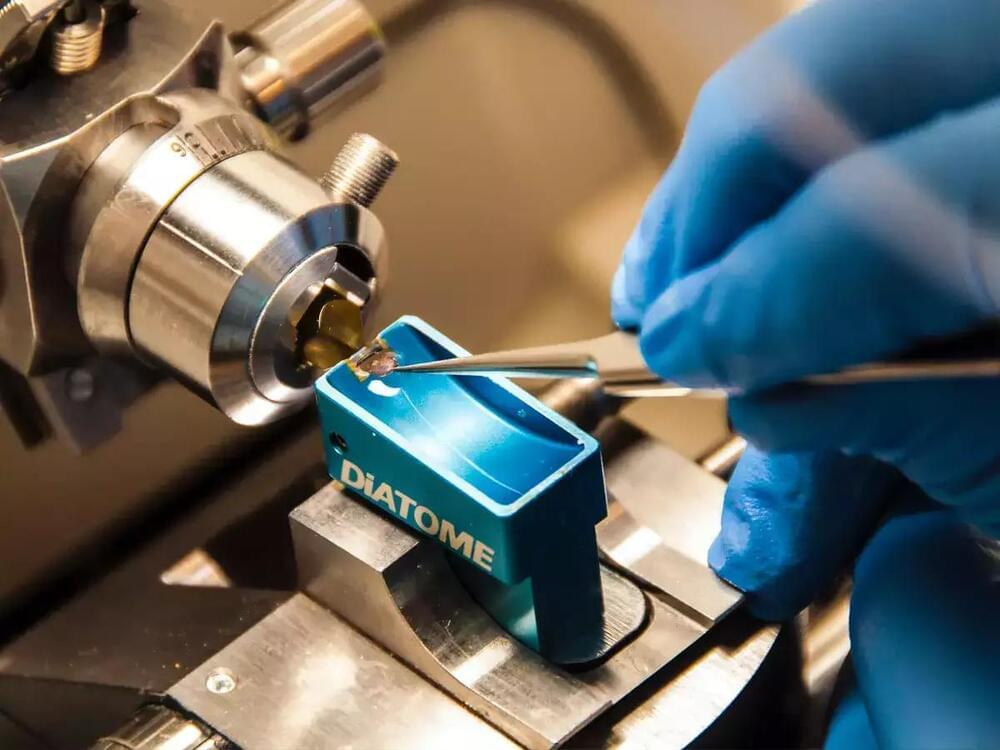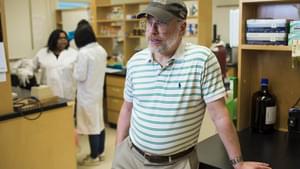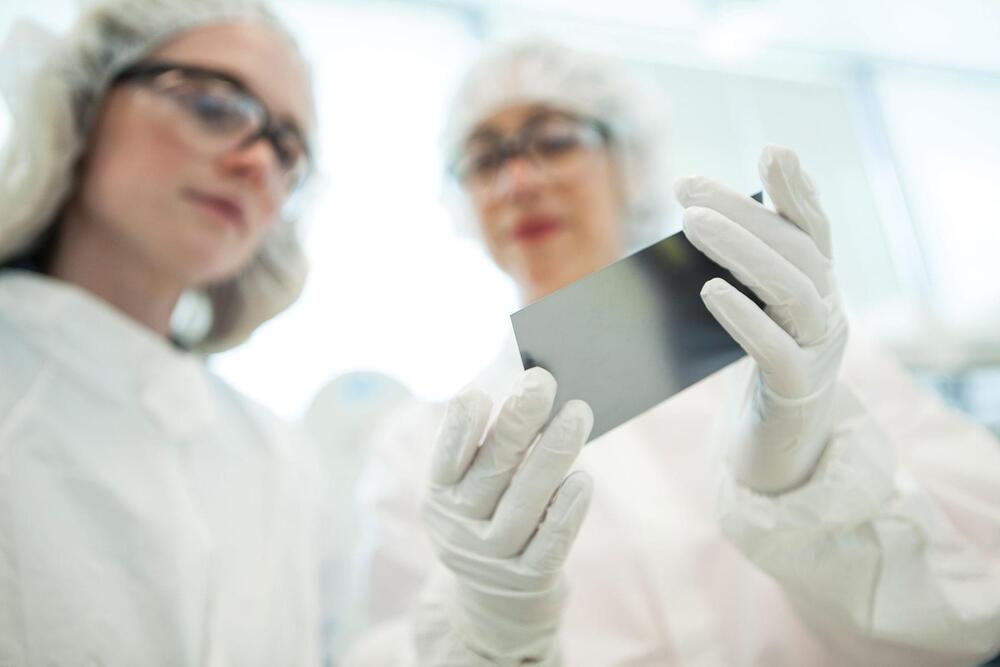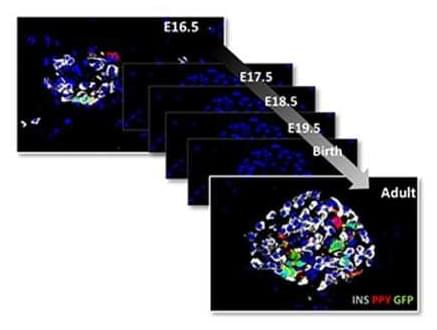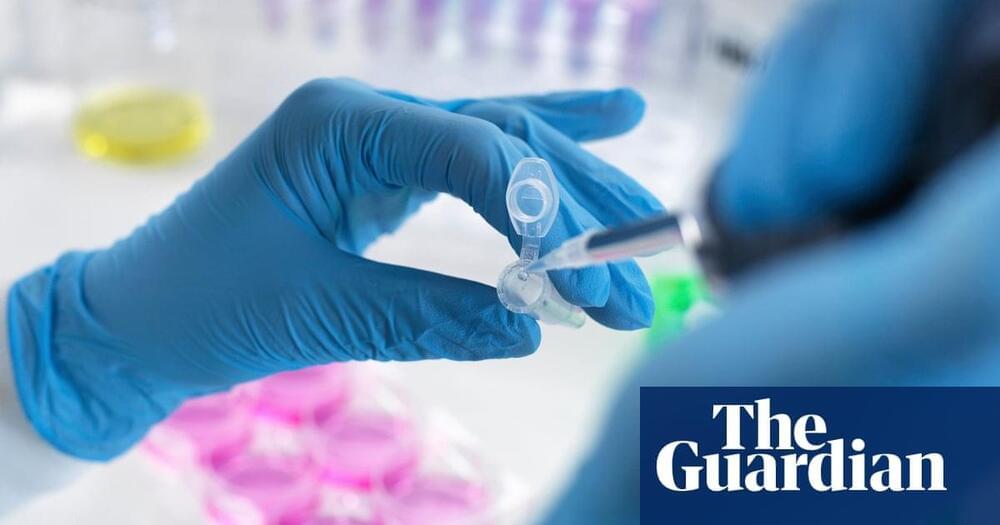This is not the first successful research on de-ageing cells. Earlier, Shinya Yamanaka, a Nobel prize-winning stem cell researcher, genetically reprogrammed the mouse skin cells and turned them into induced pluripotent stem cells, or iPSCs, back in 2006. These cells type had the potential to form any cell type in the body. Yamanaka’s method took 50 days and completely reprograms cells to the biological age of an embryo. Gill’s method only took 13 days.
In a statement, Gill said, “Our results represent a big step forward in our understanding of cell reprogramming. We have proved that cells can be rejuvenated without losing their function and that rejuvenation looks to restore some function to old cells.”
